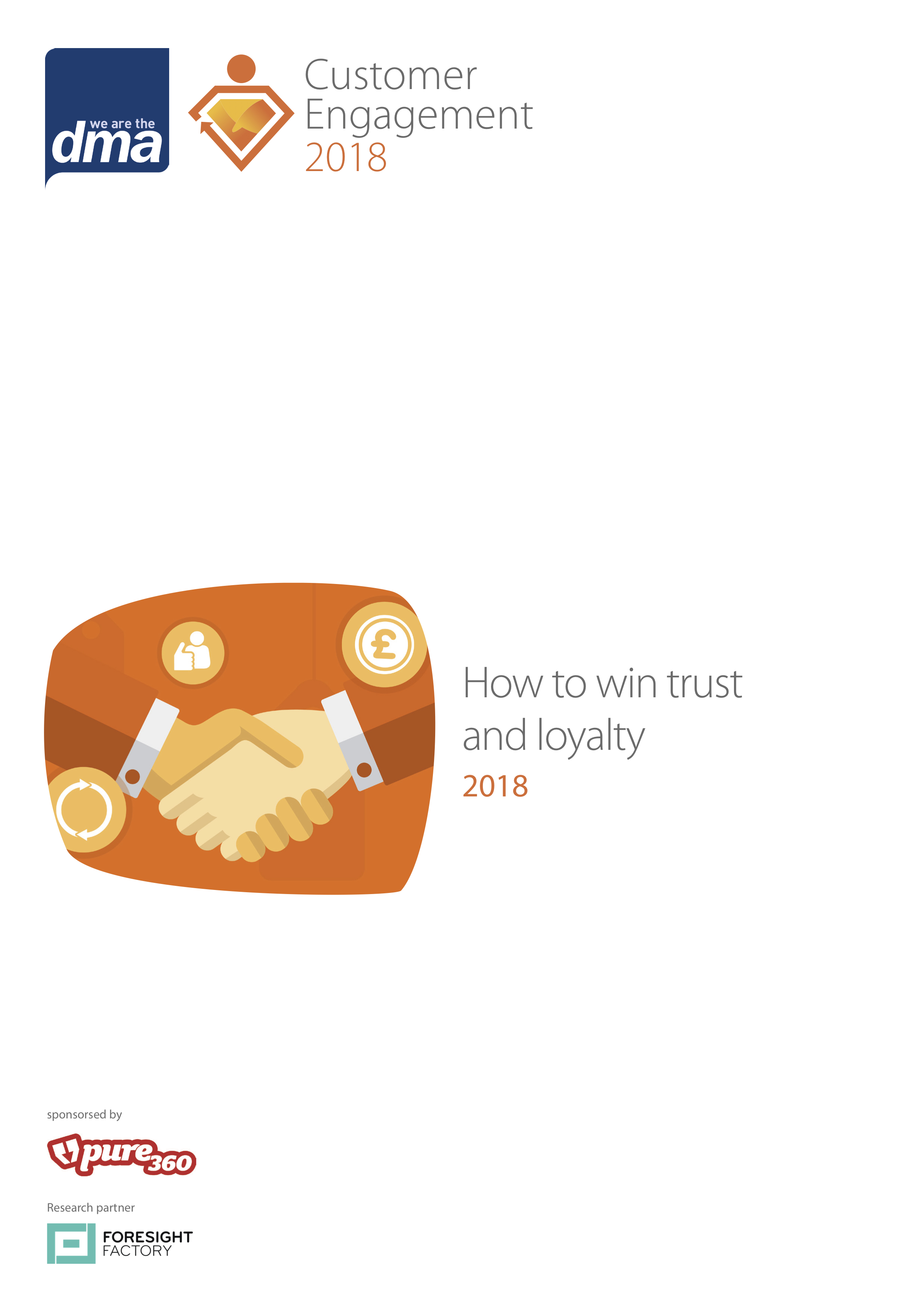Business Bites: How to regain trust and loyalty
In this article, Nick Walsh considers how rebuilding trust and loyalty could help practices move forwards…
During the Covid-19 crisis, levels of trust have declined as people become suspicious of those they travel with, work with and shop with. We have to rely on computer screens for interpersonal interaction, and it is far more difficult to get a sense of who people are, and what their real motivation is.
This change in levels of trust could be a key to patients returning to practices as they start to move towards everyday procedures and purchases. Until businesses engage with patients to find out what issues or concerns a patient may have, it will be a challenge to build that patient trust if it is wavering.
So what are the basics we should look to do?
1. Answer patients’ questions to build trust
Use the 80/20 rule for discovering a patient’s issues. Listen 80 per cent of the time and talk 20 per cent of the time. Find out your patient’s needs, wants, concerns and desires and then show them some potential solutions.
2. Provide solutions to patients’ problems
When people go out searching for something to buy, they are normally trying to solve an issue. Present your patient with one or more solutions to their dilemma/issue – be that through a service or a product.
Use this opportunity to demonstrate empathy and compassion for your patient’s circumstances. Done effectively, you will win them over with your concern, and gain their trust with your knowledge and support.
3. Win trust by helping patients reach their goal
Share your ideas about how you can help remove the obstacles that are keeping the patient from reaching their goal. Understanding patient needs should be your primary focus. This will allow you to get even closer to the exact problem your patient is solving, while they present you with more information.
Always remember to stay focused on educating and communicating. Do this well to answer all of their questions and lead them straight towards a viable solution to their issues.
If you can do these three things successfully, you will have a patient who has had their problems resolved quickly, and this will delight and reassure them every time they think of you. This will help to establish trust and future loyalty with patients wishing to return to you as a preference.

Seven key drivers of loyalty identified
What drives loyalty?
As well as understanding patients’ perceptions of their loyalty, the Data and Marketing Association (DMA) wanted to understand in more detail what drives these different types of loyalty. From a list of 19 options, they asked consumers to give their reasons why they like their favourite brand.
By analysing the responses, the DMA identified seven key drivers of loyalty:
1. Functional: Provide the best quality; easy-to-use; reliable; give me exclusive promotions personalised to me; allow me to pay ¬flexibly/use new payment technologies; available in a convenient location.
2. Financial: Provide value for money.
3. Quality service: Provide good customer service.
4. Reward loyalty: Reward me for being a loyal/regular customer.
5. Brand social responsibility: Treat workers well; act in an environmentally friendly way; have a good reputation.
6. Brand charisma: Cool/impressive; fun and entertaining; innovative/up-to-date/ lead the way; genuine.
7. Self-fulfilment: Help me to achieve personal goals; inspire me with new ideas/products to use.
It is unlikely that these seven areas will have changed for patients, however, the priority of these needs may have moved.
Download the full DMA report here.